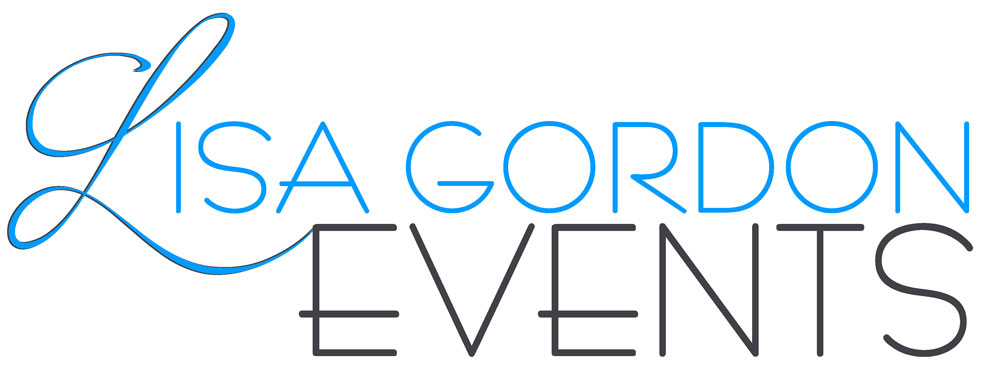I get a lot of questions from my clients about when to send out invitations. Here are a few guidelines to get you through this part of wedding or party planning:
You can send out save-the-date cards (or e-mails, or you can make phone calls) about six months in advance. If you have guests who might come from overseas or who have other situations that require more notice, you can alert them to the date a year in advance. Most people have trouble planning anything more than a year in advance, though, so if you tell people farther ahead than that, expect to remind them at about the 6 to 9 month mark.
Be prepared to put your invitations into the mail six to eight weeks before the event. Leave yourself ample time to address all the invitations if you are doing them yourself. If you are hiring a calligrapher to address them, be sure to ask him or her how much time is needed for the number of invitations you have. Then add a week, just to be on the safe side.
Your RSVP deadline should be about three weeks ahead of the wedding or party. (If you only plan to get the invitations into the mail six weeks ahead of the wedding date, you can get away with about 2 weeks for the RSVP date.) Your caterer will probably want a final head count between a week and two weeks ahead of the date, and you want to leave yourself enough time to call the people who have not responded by the deadline.
And there will be people who don’t respond. Be sure to leave yourself enough time to call them and just check in. You don’t have to remind them that they have been rude enough not to reply. Just ask them if they plan to be there (and what they plan to eat if you have asked people to tell you in advance). Don’t skip this step. You don’t want to have people show up if you haven’t planned to feed them.

Your spreadsheet is useful for making place cards, too. Photo courtesy of Artisan Events, Inc.
I find that the best way to keep track of the guest list is with a spreadsheet program. I like to have columns for name; address; save-the-date card sent; invitation sent; responded yes or no; and dish requested. The same sheet can also double as a gift tracker so you know what to thank people for and whether you have done so. And you can use it to help you make place cards.
These are only guidelines, of course. Special situations may require a different approach. But you can use them as a road map to get you started on this most important part of the process.

Recent Comments